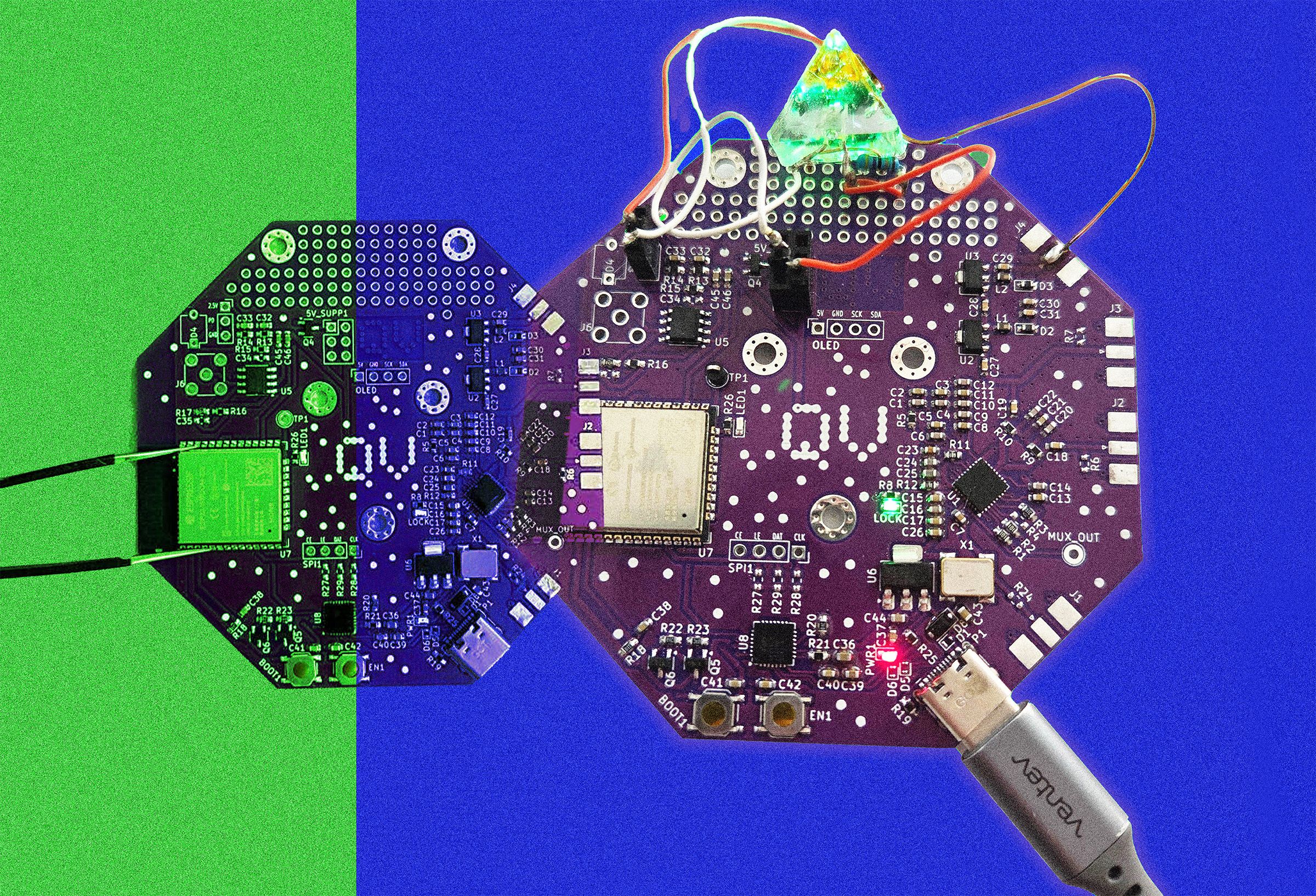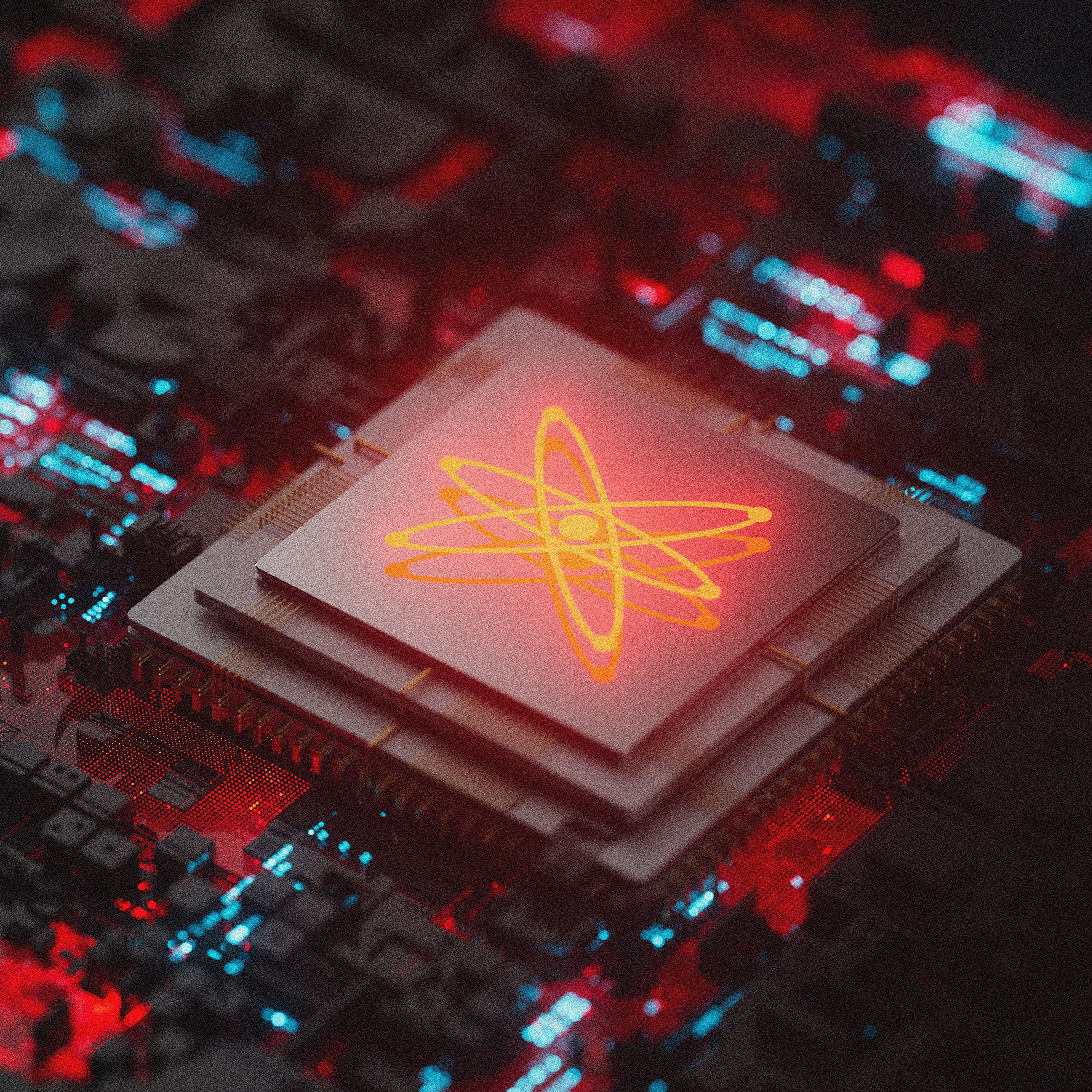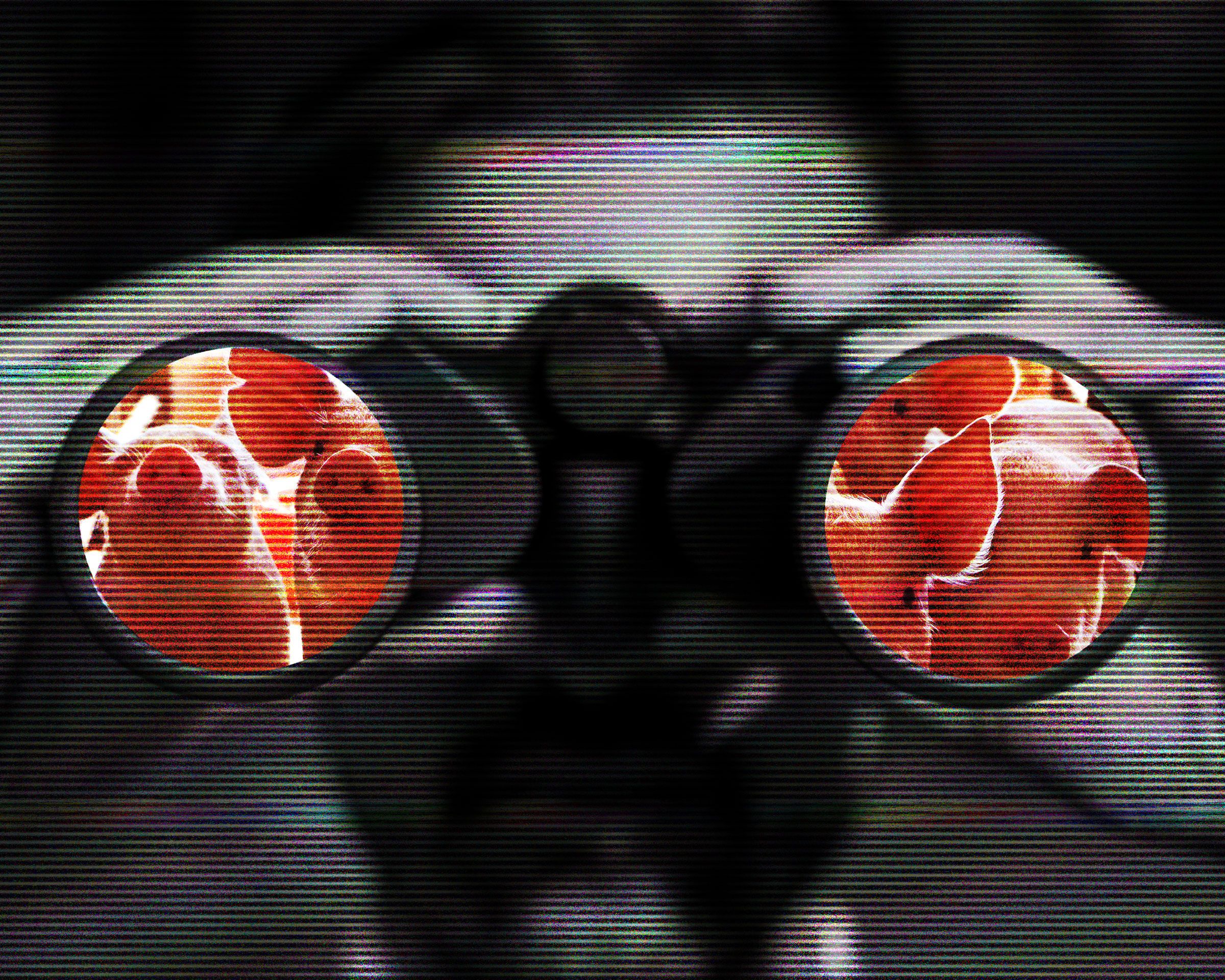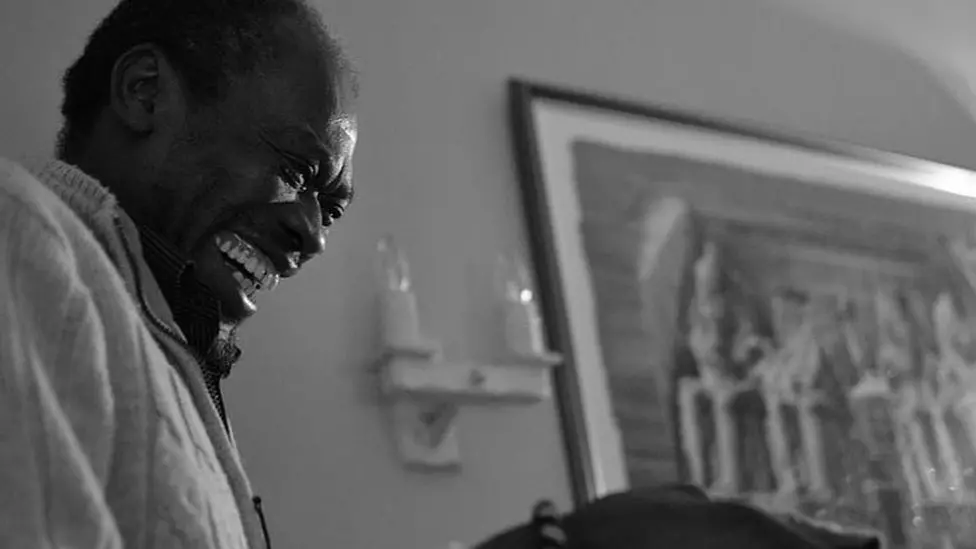A Special Diamond Is the Key to a Fully Open Source Quantum Sensor
A Special Diamond Is the Key to a Fully Open Source Quantum Sensor
Quantum sensors have the potential to revolutionize a wide range of industries, from healthcare to national security….

A Special Diamond Is the Key to a Fully Open Source Quantum Sensor
Quantum sensors have the potential to revolutionize a wide range of industries, from healthcare to national security. However, these sensors are typically expensive and proprietary, making them inaccessible to many researchers and companies.
But a team of scientists has recently developed a fully open source quantum sensor using a special type of diamond called a nitrogen-vacancy (NV) center. This unique diamond can detect tiny magnetic fields, making it ideal for various applications, such as medical imaging or detecting rare earth elements.
By making their sensor design open source, the team hopes to encourage collaboration and innovation in the field of quantum sensing. Researchers and developers around the world can now access the design, modify it to suit their needs, and contribute their own improvements back to the community.
Not only does this democratize access to quantum sensing technology, but it also accelerates the pace of research and development in this cutting-edge field. With more minds working on the problem, breakthroughs are more likely to happen sooner.
The NV center diamond sensor has already shown promising results in detecting magnetic fields with nanoscale precision. This level of sensitivity opens up a whole new realm of possibilities for applications, such as mapping brain activity or detecting hidden underground structures.
Moreover, the open source nature of the sensor design promotes transparency and reproducibility in scientific research. It enables independent verification of results and fosters trust among the scientific community.
In conclusion, the use of a special diamond with NV centers as the key component of a fully open source quantum sensor has the potential to drive innovation and democratize access to cutting-edge technology. By sharing their design with the world, the team of scientists behind this breakthrough is paving the way for a more collaborative and transparent future in quantum sensing.






